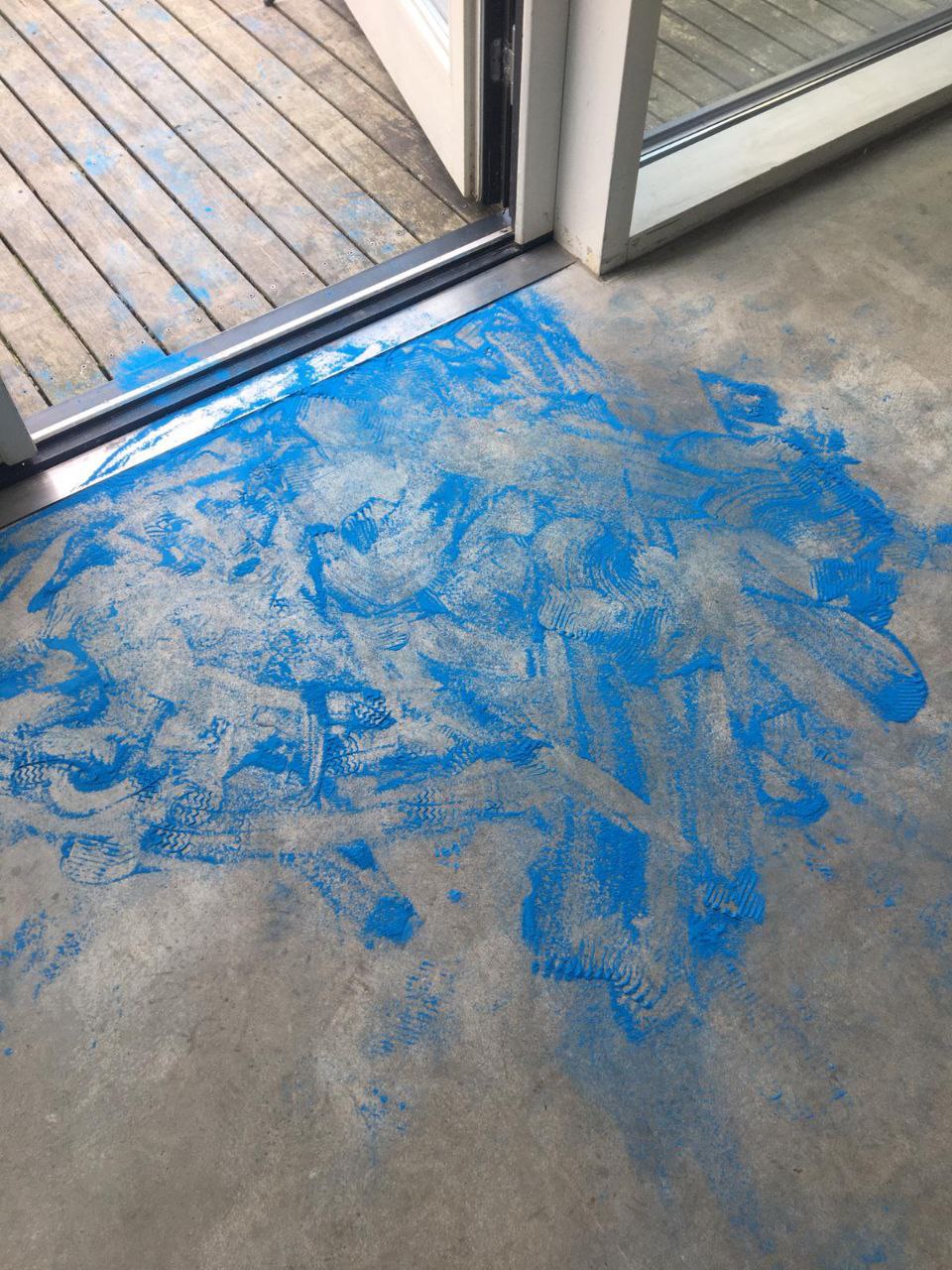6 Petalled Lotus Wheel




The European nobilities were still forced to begrudgingly purchase porcelain from Asia, which they saw as a disgrace as it entailed acknowledging ‘the Orient’ as having a technological advantage and superiority of artistic mastery.*
Such implicit racial supremacy and cultural inferiority complex evidenced in this account has sadly been echoed in my experiences of Western (British, North American and European) exceptionalism throughout the Covid-19 pandemic; marginalising the wisdom and thoroughness of East Asian and Southeast Asian approaches towards containing the virus as 'other' and therefore deeming them irrelevant to the occidental context. As a British-born Chinese artist, it feels very alive and painful to acknowledge the lineage of this othering from the legend to the present day and my contribution partly engages with this material.









6 Petalled Lotus Wheel is a circular witch’s mark featuring a newly designed sigil that sits on the threshold of the exhibition, greeting the visitor who enters the gallery space from the wooden decking outside on the floor immediately within it. The invitation is for visitors to tread over the mark so that it degrades completely by the close of the show.
China's place within the discourse on racial justice has literally defied any binary notion of racial black or whiteness, and in its present ascendency as a global superpower it refuses to obey formal definitions of imperialism. It is neither outside nor inside the room, just as influence of Chinese porcelain is acknowledged by Polish-Lithuanian royalty in the legend, yet actively left at the door.





I’ve blended cobalt blue pigment with crushed sea salt into a dry mixture to create the mark and perform the circle-casting as I would any opening ritual. Reminiscent of the colouring used for Ming dynasty porcelain vases, the design is a hybrid of a hexafoil (the traditional daisy wheel symbol used to ritualistically protect historic buildings in England – which I have also noticed on the huge stone monuments in Vingis Park) and the type of lotus flower motif found in British Museum collections of Ming vases – all of which encircles a sigil in the centre of the flower’s carpellary receptacle. I believe the British Museum vases are likely to have been originally extracted by colonial powers and I integrate the lotus with the hexafoil as a reconciliatory gesture. I hope the witch mark can also perform its literal function of guarding the gallery from evil, all while the sigil manifests an intention that no one else may ever know.
There is authority and power in this witch mark cum sigil, but it is incorporeal. As is customary in chaos magic, sigils should be physically destroyed once their message has been imprinted in the subconsciousness of the viewer - and I hope that the flow of feet over 6 Petalled Lotus Wheel will do its bidding, step by innocent step.
Off you go.
*‘A Legend on the Origin, Emergence and Untimely Transformations of the Powers of Things and People’, Authority Incorporeal exhibition text, p. 9
~ ~ ~ ~ ~ ~ ~ ~ ~ ~ ~ ~ ~ ~ ~ ~ ~ ~ ~ ~ ~ ~ ~ ~ ~ ~ ~ ~ ~ ~ ~ ~ ~ ~ ~ ~ ~ ~ ~ ~ ~ ~ ~ ~ ~ ~ ~ ~ ~ ~ ~ ~ ~ ~ ~ ~ ~ ~ ~ ~ ~ ~ ~ ~ ~ ~ ~ ~ ~ ~ ~





6 Petalled Lotus Wheel (2021) | 33.3" x 33.3" durational performance installation: cobalt blue pigment and pulverised sea salt.
Exhibited at TechArts Gallery, Vilnius as part of the closing show for Authority Incorporeal - a 9th Rupert Alternative Education Programme group response show curated by Tautvydas Urbelis and part of the 14th Baltic Triennial (July 2021).